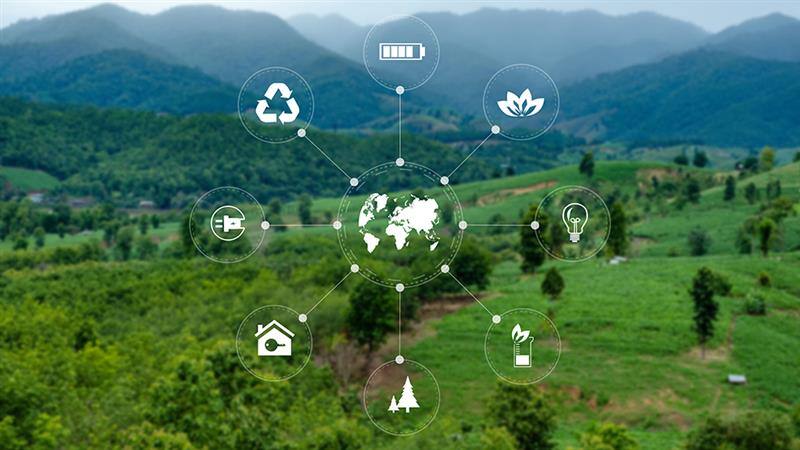By Rittal on Mar 14, 2025 12:09:13 AM
Content from Rittal US
Sustainability remains a top priority for manufacturers in 2025, particularly in addressing the energy demands of cooling industrial enclosures. Developing efficient and environmentally friendly cooling systems is essential to reducing waste and enabling real-time monitoring and adjustments. Below, we explore the trends set to impact sustainable enclosure cooling in 2025, with references tailored to the Australian manufacturing sector, and how Rittal’s innovative solutions can support greener practices.
1. Smart Technologies Enabling Flexible Climate Control Ecosystems
Traditional cooling systems often lack the advanced connectivity and monitoring capabilities required to optimise energy use. These systems demand manual adjustments and provide limited visibility into performance data, making proactive maintenance and strategic energy allocation challenging.
Smart climate control systems address these challenges by incorporating IIoT and Industry 4.0 technologies. Key benefits include:
- Remote Monitoring and Adjustments: App-based and network-connected systems allow manufacturers to scale cooling outputs from anywhere, ideal for Australia’s geographically dispersed manufacturing hubs.
- Leak Detection and Alerts: Systems can identify and respond to coolant leaks or malfunctions, minimising environmental risks and enabling quick repairs.
- Low-GWP Refrigerants: Sustainable systems use refrigerants with minimal global warming potential, reducing environmental impact and meeting Australian emissions targets.
By integrating smart climate control systems, manufacturers can create a more strategic and responsive cooling infrastructure that reduces energy consumption while meeting Australia’s sustainability goals.
2. Integrated Enclosure Cooling
Integrated cooling systems use high-performance fans to dissipate heat and transfer thermal loads outside the enclosure. This approach enhances cooling efficiency while lowering energy costs, making it ideal for Australia’s varied climates.
Key Advantages:
- Energy Efficiency: Reduces the need for additional external cooling units, cutting energy use and costs.
- Space Savings: Compact systems optimise factory floor space, allowing smaller builds to achieve the same productivity.
- Improved Reliability: Reduces downtime and minimises maintenance requirements, critical for uninterrupted operations in remote Australian facilities.
Rittal’s Blue e+ fan and filter units exemplify integrated cooling, offering targeted airflow and streamlined maintenance. These systems conserve energy, reduce strain on broader cooling networks, and prevent unnecessary waste.
3. Digitalising the Design Sequence
Digital tools and processes are transforming sustainable manufacturing. Technologies like digital twins enable manufacturers to simulate and refine designs, reducing material waste and optimising resource use.
Key Features of Digitalised Design:
- Simulation Capabilities: Digital twins allow for testing and refining designs before prototyping, conserving resources.
- Energy-Efficient Configurations: Tools like Rittal’s RiTherm climate control design software provide precise calculations for custom enclosure climate systems, considering variables like altitude and environmental conditions, critical for Australia’s diverse terrain.
- Compliance Support: RiTherm generates heat-dissipation compliance documents, streamlining deployment and ensuring adherence to Australian regulatory standards.
Digitalisation supports Australia’s sustainability efforts by reducing carbon emissions while improving operational workflows.
How Rittal Supports Sustainable Cooling
Rittal’s solutions lead the way in sustainable industrial enclosure cooling, offering:
- Smart climate control systems for real-time monitoring and energy efficiency.
- Integrated cooling solutions that reduce costs and environmental impact.
- Advanced digital tools like RiTherm to simplify and optimise design and compliance processes.
These innovations empower Australian manufacturers to improve energy efficiency, reduce waste, and achieve their sustainability targets in 2025 and beyond.

